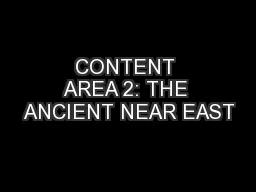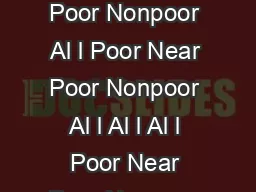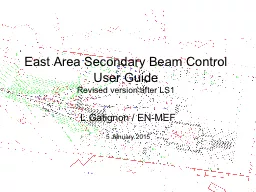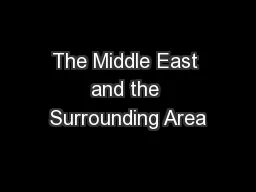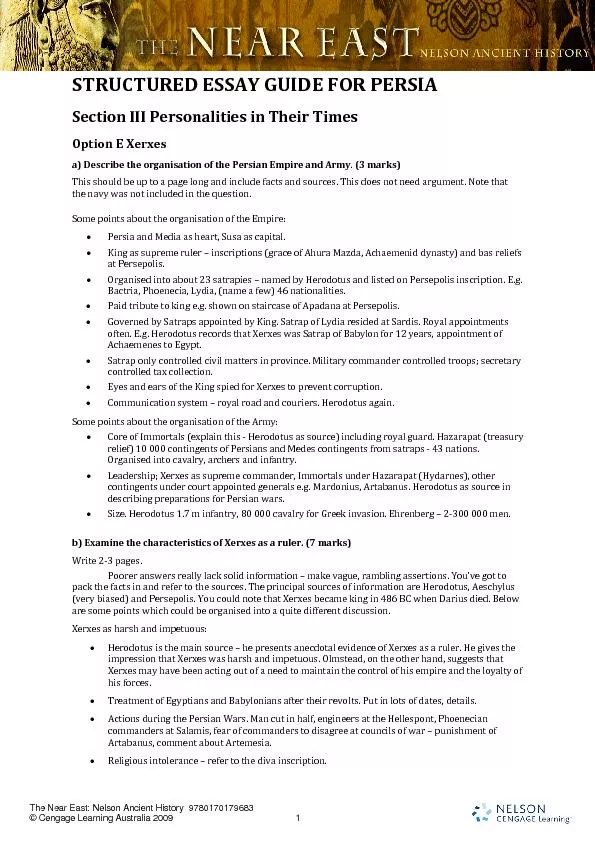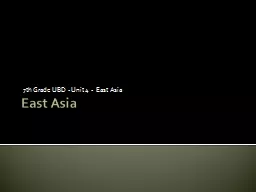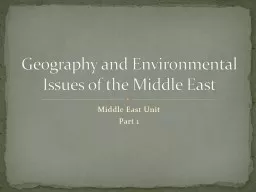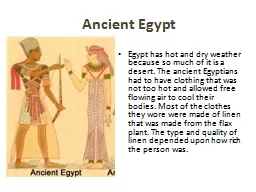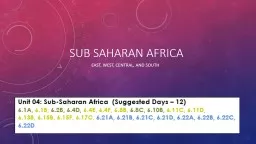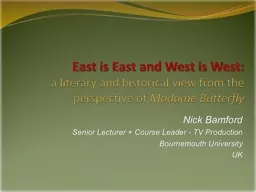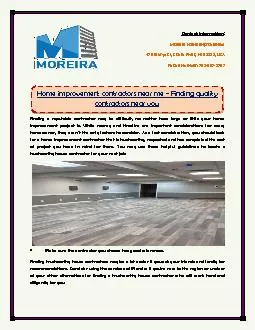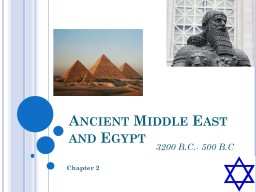PPT-CONTENT AREA 2: THE ANCIENT NEAR EAST
Author : aaron | Published Date : 2018-10-29
APAH GARDNER CHAPTER 21 PP 3142 And so they traveled until they reached Uruk There Gilgamesh the king said to the boatman Study the brickwork study the fortification
Presentation Embed Code
Download Presentation
Download Presentation The PPT/PDF document "CONTENT AREA 2: THE ANCIENT NEAR EAST" is the property of its rightful owner. Permission is granted to download and print the materials on this website for personal, non-commercial use only, and to display it on your personal computer provided you do not modify the materials and that you retain all copyright notices contained in the materials. By downloading content from our website, you accept the terms of this agreement.
CONTENT AREA 2: THE ANCIENT NEAR EAST: Transcript
Download Rules Of Document
"CONTENT AREA 2: THE ANCIENT NEAR EAST"The content belongs to its owner. You may download and print it for personal use, without modification, and keep all copyright notices. By downloading, you agree to these terms.
Related Documents

